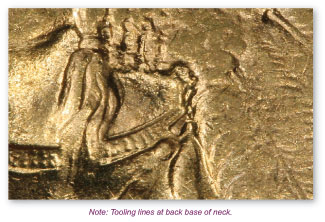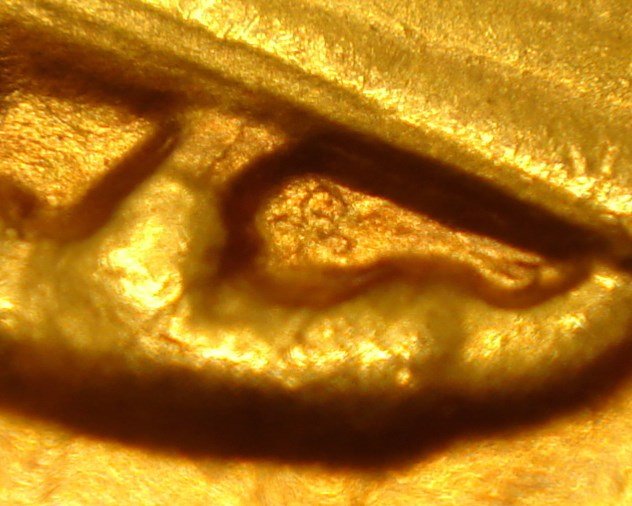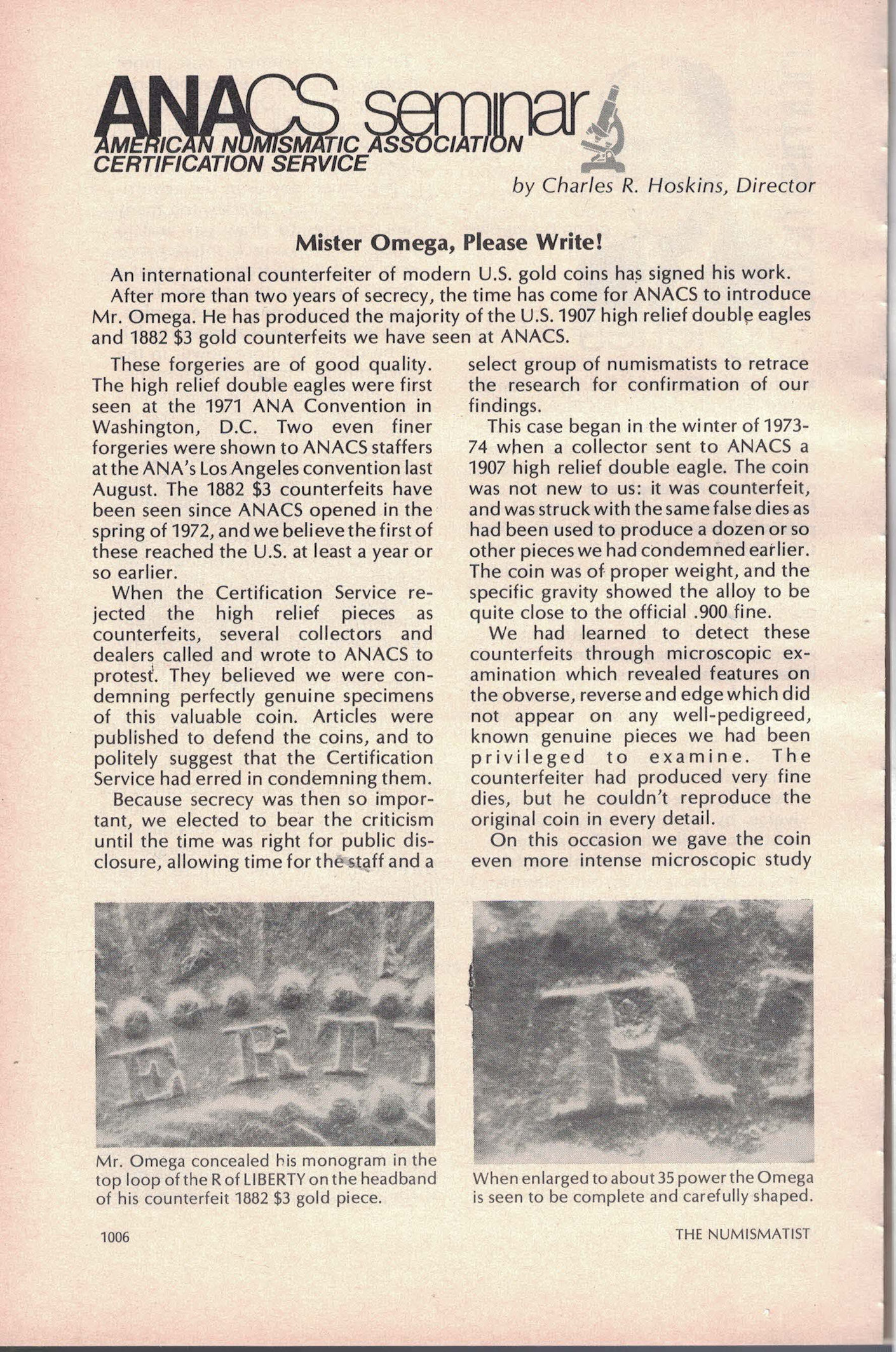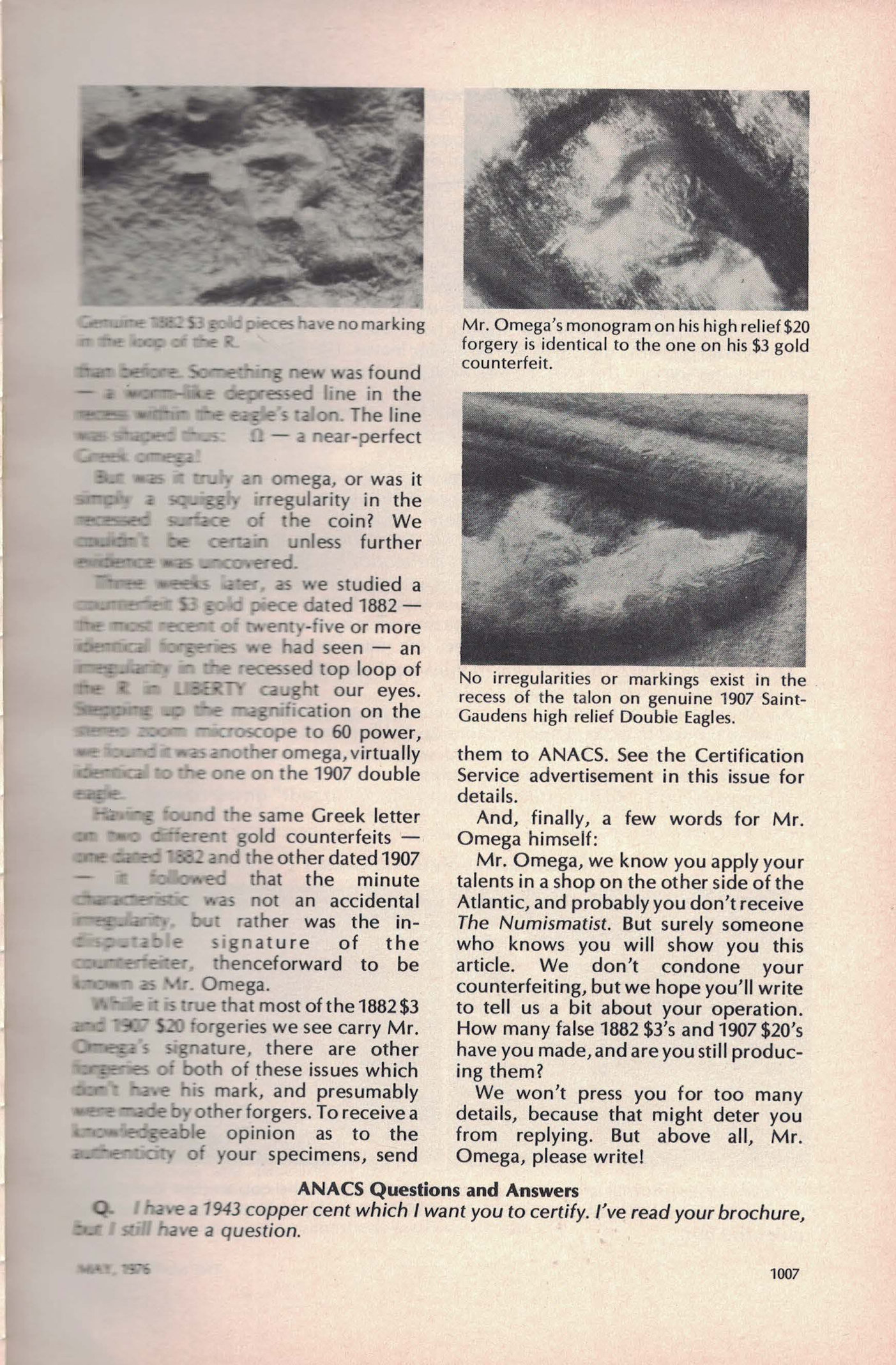The following was written by Chris.
Last week I attended a coin show for the first time in nearly a year and a half. The 15th Annual Summer FUN show was held in Orlando. While there are probably more preferred places to be in the middle of the summer (H-O-T), I was excited to finally go to a show. It was probably the largest summer FUN I’ve attended, full of other dealers desperate to attend a large, non-regional event.
Both Brian and I were planning on attending, with Brian’s main efforts to have been focused on getting as much of our limited inventory as possible in front of other dealers. Unfortunately, Brian was sidelined with major knee surgery, so I flew down by myself with the goal of buying as much as possible. The show did not disappoint.
Except for some hotel room coin buying before the show, nearly all my business occurred within a twenty-foot radius of my table. I was fortunate enough to have first/early shots at some wholesalers’ inventories, so my first two days were non-stop buying. Only near the end of the second day was I able to venture to the first aisle of the bourse, where I picked up a handful of newps. That was as far as I made it. My third and final day was abbreviated (I was flying out that afternoon), so that was spent back at the table doing some more buying and taking care of paperwork.
I was not the only one there for the sole purpose of buying new inventory. A few other dealers who normally bring significant inventory to coin shows only showed up with their checkbooks. Despite the competition, I was able to pick up three double row boxes of newps. (These will start hitting our site next week, so stay tuned.)
This “new” coin market we are in remains quite strong, with coins bringing levels we have not seen in over ten years, and it’s not just Morgan Dollars. If you showed up with nothing more than a Greysheet, you likely went home with almost nothing to show for your efforts.
I know many dealers, ourselves included in the past, like to incorporate their dining experiences into their show reports. I would do so here, but that would have meant I actually ate. Aside from some lemon drops I brought and some beef jerky that a coin dealer friend of mine hooked me up with, I went sans food during the show hours. The evenings consisted of hotel food in my room, so I’m sorry to disappoint in this aspect of the report.
We have the ANA World’s Fair of Money coming up in Chicago in August, and Tom, Brian (on a scooter), Frank, and I are looking forward to attending!
p.s. I flew from Orlando to NOLA to visit my family, and I more than made up for the disappointing dining experience I had at the show. Anyone who has been to New Orleans knows how amazing the cuisine can be.
The following was written by Brian.
Next up in our continuing series of counterfeit detection is the 1914 $2.5 Gold Indian. There is no debate that this issue is a key date as it has the second lowest mintage (second only to the key date 1911-D) in the entire series. The 1914 $2.5 is only slightly less rare than the lower mintage and much higher priced 1911-D.
It probably goes without saying at this point, but I will stress once more that a collectors’ best protection against purchasing a fake is buying only certified coins graded by the top tier third party grading companies. I will repeat this advice in every blog post regarding this topic until I’m told to stop.
The 1914 $2.5 falls into the “Outright Counterfeit” group, as it is produced from a counterfeit die (as opposed to say, an added mintmark or altered date counterfeit). Only 240,000 pieces were struck, and that makes the 1914 Gold Quarter Eagle quite the desirable piece. Unfortunately, with that kind of rarity comes the scourge of counterfeit coins.
Here is an authentic 1914 $2.5.

Perhaps it is the incuse design that gives collectors and even some dealers problems with identifying fakes. Most counterfeit quarter and half eagles were made using the die transfer process. This is a process in which the details of an original coin are transferred to the counterfeit die. This is not a perfect process; the “original” counterfeit die will always have some issues – those issues being literally any contact mark or defect that transferred from the genuine model coin. This is why tooling becomes the next step in the process. Tooling is done to the die itself with the objective of “correcting” the issues (again, contact marks or defects) on the original model. This sharp tool, however, will cause raised (not incuse) lines and depressions on the surface of the resulting counterfeit coin. And that’s a major diagnostic of detection.
Here is a counterfeit example.

This close-up shows the tooling lines at the base of the neck.

Here, the counterfeiter tries to cover up a known depression in 1914 $2.5 fakes.

Here are a few typical diagnostics:
1) Look for tool marks in the recesses at the back of the Indian's neck.
2) Heavy toolmarks which can look like raised spikes are often detected around the perimeter as well.
3) Weak details.
4) Depressions - one common depression can be found above the 4 in the date. Note: you may see tooling marks where the depression was if the counterfeiter tried to ‘fix’ this.

Hopefully this will leave you armed with enough info needed to keep yourself from being duped. But as always, if there are ever any doubts (and even some of the most skilled and seasoned numismatists have them), the third-party grading company route is always the best, safest way to go.
stack two coins, compare their edge reeding: if they don't perfectly match (e.g. the edge teeth counts), then one is fake!
Tom discusses our recent acquistion of a large collection of Double Eagles.
The following was written by Brian.
Without doubt, one of, if not the biggest scourges in numismatics is counterfeiting. Many of us in the hobby have come across it first hand or heard a story about someone selling or being sold a counterfeit coin. From the tooled/forged 1916-D Mercury dime to the 1914-D Lincoln cent to the 1914 $2.5 Indian, its existence can not be denied.

Luckily we now have 3rd party grading companies that are fully trained to detect such forgeries, and I personally have every faith in them. Say, remember that old PGA commercial ‘These Guys Are Good’? Like those pros, the graders at the top tier 3rd party grading companies are literally the best in the world and it’s nice to have them on our side as collectors (and dealers). The grading companies protect us from these phonies and it’s a very good thing for the hobby.
Enter Omega Man – responsible for some of the greatest numismatic counterfeits the world has ever seen. Not even the finest experts in the industry could detect his handiwork until it had become known and looked for. This guy was good too. So good, in fact, that had it not been for a signature that he put on his coins – the Omega symbol, it is possible that more of his coins would be indistinguishable from their legitimate counterparts. You have to wonder if the talent at today’s third party graders would have been able to catch his counterfeits. Omega Man had his favorites; the 1907 Ultra High Relief Double Eagle and the 1882 $3 Gold coin. But again, without his very faint, tiny trademark symbol, most of these coins would go undetected. Here are a couple examples of the famous signature.


What’s still a mystery is why. Most counterfeiters try to go undetected so as to make the most money possible without getting caught. Perhaps this was just a case of an artist’s vanity. Omega Man was never caught, although pleas for his correspondence had been made in a big way. Check out the article below in which Omega Man is called to at least send a letter or something, anything! Again, we may never know who this person was or why this person did it, but we can be assured (as can be seen from the very bottom of the article below) that everyone thinks they have a genuine 1943 copper cent.


The following was written by Brian.
What comes to mind when you see a Redfield dollar? One thing that probably pops into your mind is that it’s a pretty cool holder, probably an overgraded coin, but a neat holder that has some history. You might even have one and if you don’t you probably want one. Here’s what one looks like:

That particular one (along with several thousand others) was "slabbed" by the Paramount International Coin Corp and given a grade of MS65.
Of course, we as collectors typically prefer to have everything slabbed, and so the major third party grading companies also found a way to certify and put the Redfield dollars into holders. Interestingly, so many Redfield dollars were cracked out that it created a new market demand for Redfield dollars in their original Paramount holders! Here’s how PCGS and NGC did it.


I know, still not terribly exciting, but probably just as LaVere Redfield would have wanted it; unassuming, bland, nothing flashy. While Redfield was not a flashy guy, he certainly was a shining star when it came to making money. He is said to have been a better stock picker than just about anyone in the 1920’s and 30’s. Picking winners was just in his blood. He thrived during the Wall Street market swells of the 20’s, he thrived during the collapse in 1929 and even flourished during the great depression. He could just flat out pick ‘em. Redfield was the ‘mad man’ of his time.
Apparently he was even good at gambling. In 1935 Redfield decided he would do what others had done to take advantage of US tax havens and he moved to Nevada. Redfield became quite a regular at high stakes tables – usually roulette.
And although the multi-millionaire lived quite an exciting life in the desert, he wanted to appear anything but and shied from the public eye, the media and above all – the watchful eye of the government. It is true that rather than pay the government taxes based upon the massive wealth he had accumulated, he would rather serve time in prison for tax evasion; and that’s exactly what he did.
It also became known that Redfield was quite the hoarder. Upon his death in 1974, the basement of his estate was found to house thousands upon thousands of boxes filled with newspapers, empty bottles of all kinds and canned food (most all of it spoiled). It is said that this basement was empty before a viscous mugging in 1948 that put him in a hospital for several weeks. After that event, which clearly affected him, he started buying everything in sight at auctions. Redfied also had a major distrust of banks and a hatred for paper money and was known to buy silver dollars by the bag. And so it was that in 1974 as his estate was being cleared out, along with those empty bottle, cans of food and newspapers, something else was found…
407,000 Morgan and Peace Silver Dollars! This of course became known as the Redfield Hoard. A hoard that is still celebrated today. RIP, Mad Man Redfield. You were one of a kind.





